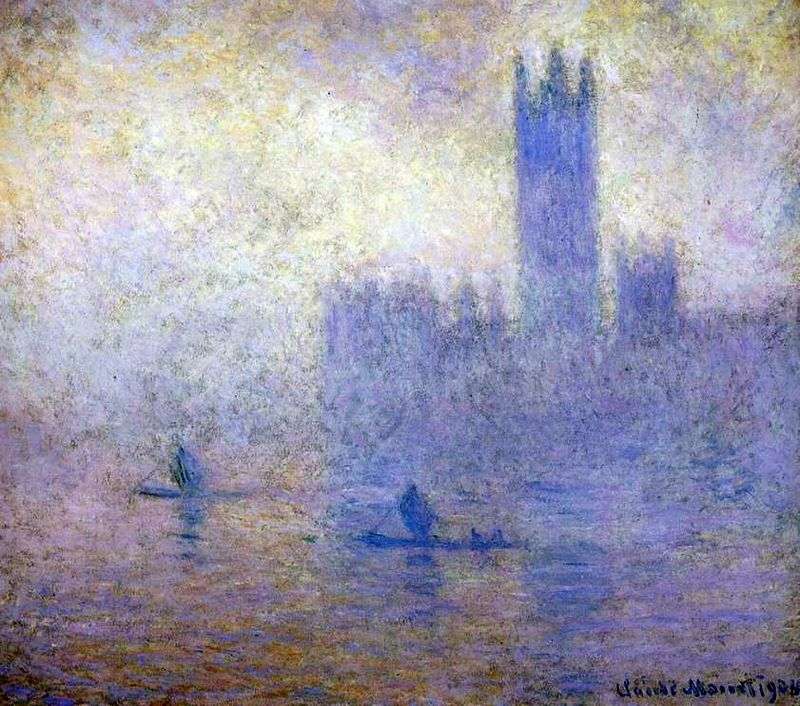
In the early twentieth century, the impressionist painter Claude Monet repeatedly happens in England, visits London. The painter gets acquainted with the peculiarities of London buildings, notes unusual images of urban buildings. Especially Claude Monet is attracted by the mysterious foggy atmosphere of the capital of England. In the works of Monet, the London images appear as filled with mysticism, conventions, and special ghostly color. One of these works of art painter can be considered the “Houses of Parliament in London. The effect of fog.”
“The Parliament Building in London. The Fog Effect” was written in 1904 and is now part of the art collections of the State Museum of Fine Arts. A. S. Pushkin in Moscow. First of all, it should be noted that the artist created a whole series of works on the theme of the London Parliament building. At one time this work was kept in the Museum d’Orsay in Paris. The picture is distinguished by a special effect of fog, as already stated in the very name of the painting canvas.
Parliament building envelops a thick milky-lilac fog. The majestic outlines of the London Parliament in the style of modern Gothic show through the soft but dense shades of fog. Sharp, sharp, stretching up the architectural lines are smoothed by soft contours. The silhouette of the building due to the effect of fog is blurred, stoked, rethought and re-created in delicate, border colors. In addition, the effect of unreality, the world distant from these places, the world of the looking glass, is born, where everything is dissolved in the whitish-purple mists, where the warm yellow-red rays of the sun, too ghostly and far away to dye the Thames and saturate it with color, barely appear. The fog disperses the shades, breaks them into numerous reddish-purple glare.
Thus, the pictorial image of the Parliament building turned out to be extremely conditional, abstract. In this work, the artist presents not private details and the most detailed similarity, but draws in front of us a moment of being, a momentary impression of the image of the city, as the author saw and felt.
As in many other works, Monet as the main motive is drawing light. It is from light that the outlines of transmitted reality, the brightness and contrast of images and objects depend.
That dying down, then the expanding light leads to the creation of an elusive atmosphere of a foggy city, full of reflexes, double images and glare surfaces.
London seemed to drown in the mists of cool lilac shades, leaving an impression of fluctuation and incompleteness.
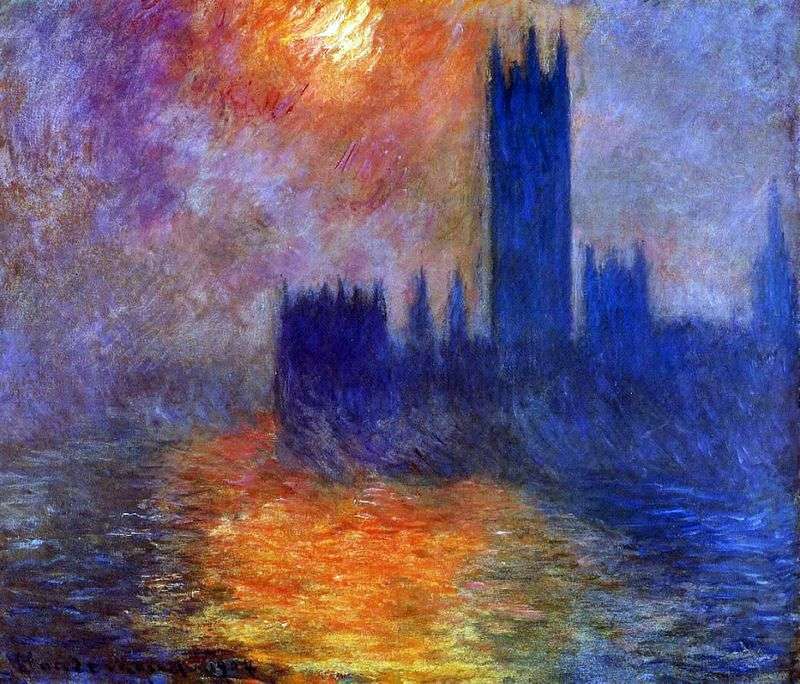 Houses of Parliament in London. Sunset by Claude Monet
Houses of Parliament in London. Sunset by Claude Monet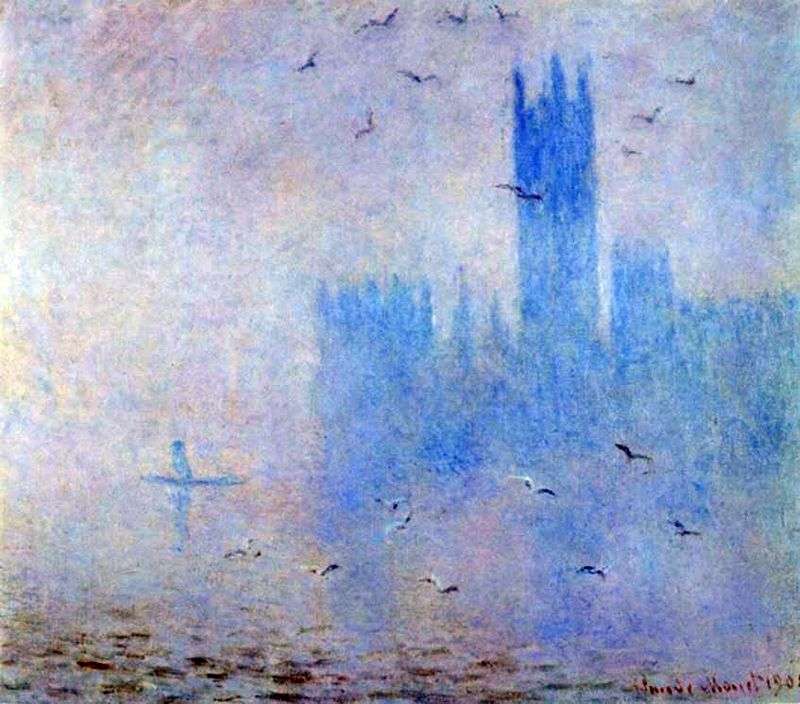 Parliament, lilac fog by Claude Monet
Parliament, lilac fog by Claude Monet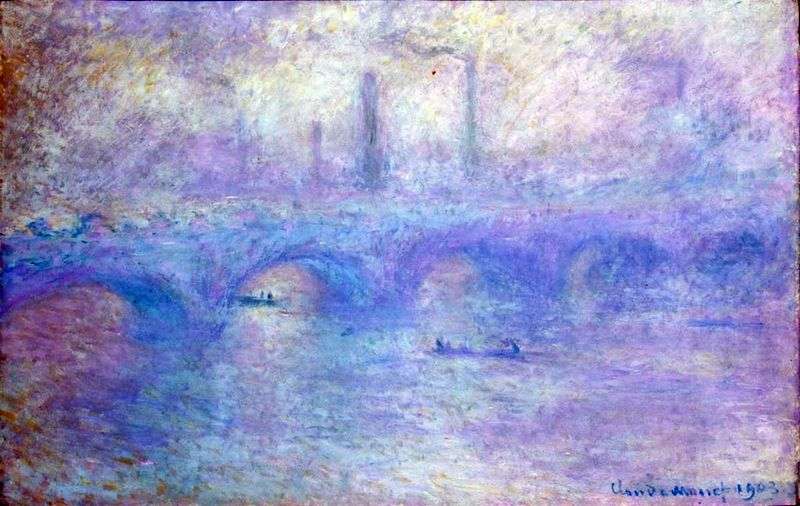 Waterloo Bridge. Fog Effect by Claude Monet
Waterloo Bridge. Fog Effect by Claude Monet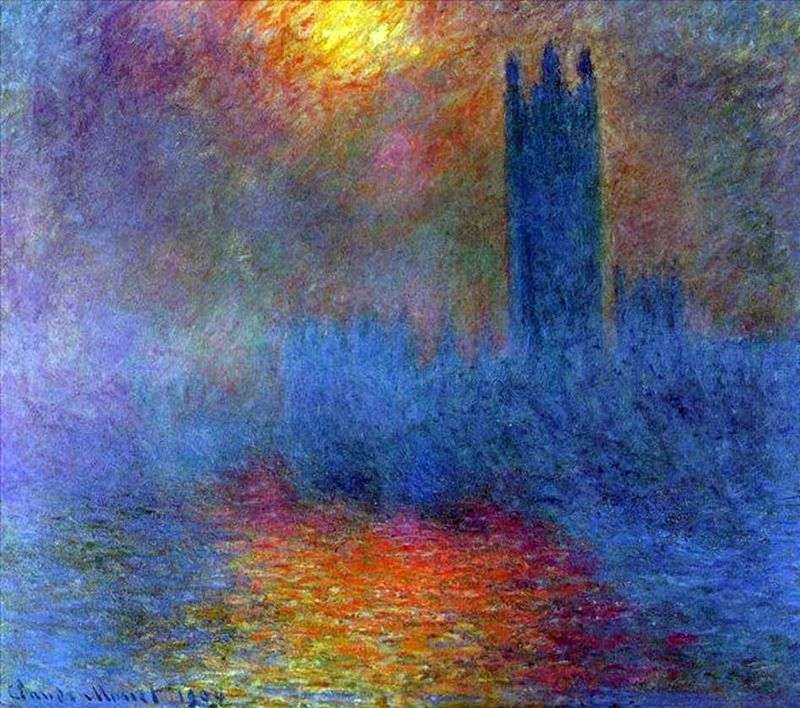 Parliament Building, the sun shining through the fog by Claude Monet
Parliament Building, the sun shining through the fog by Claude Monet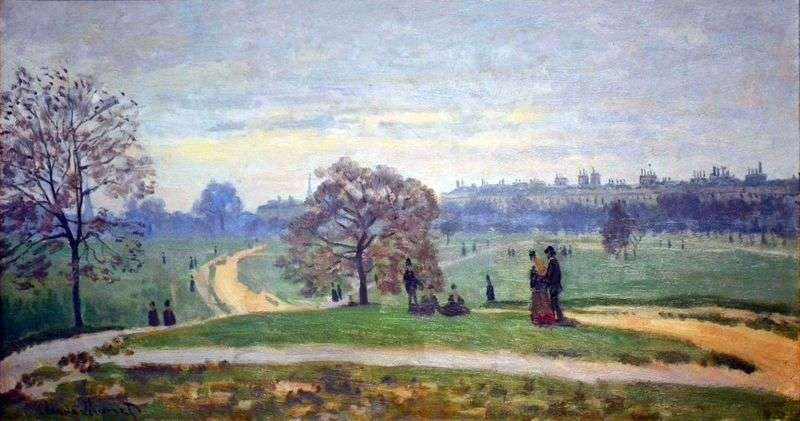 Hyde Park, London by Claude Monet
Hyde Park, London by Claude Monet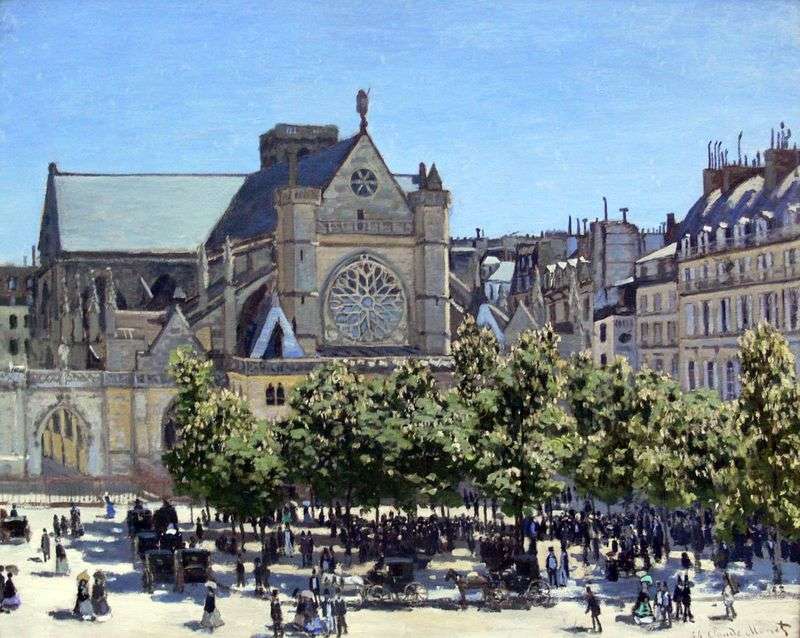 Saint-Germain L’Auxerroy by Claude Monet
Saint-Germain L’Auxerroy by Claude Monet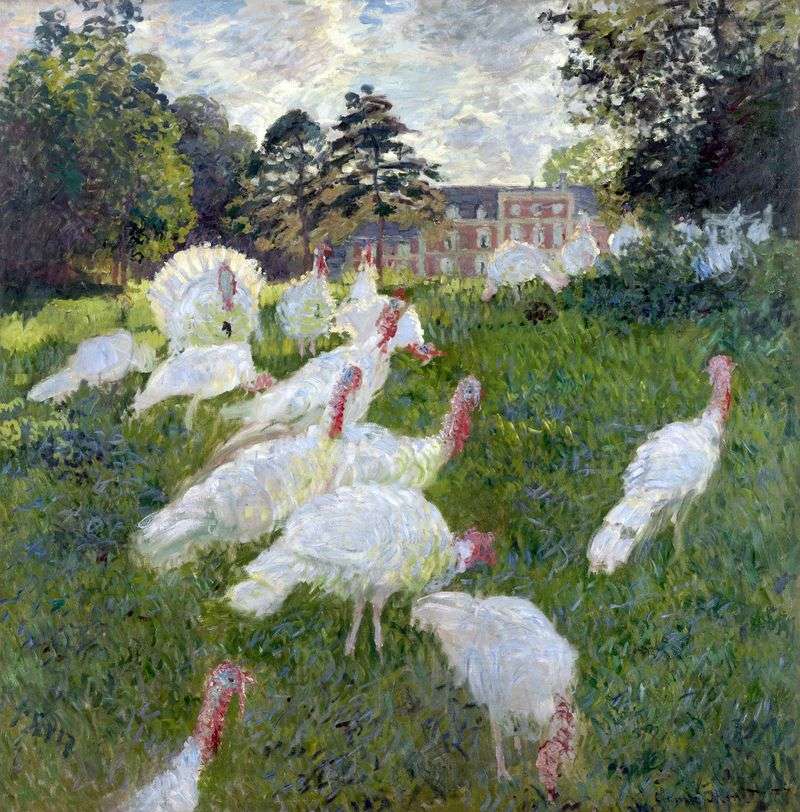 White Turkeys by Claude Monet
White Turkeys by Claude Monet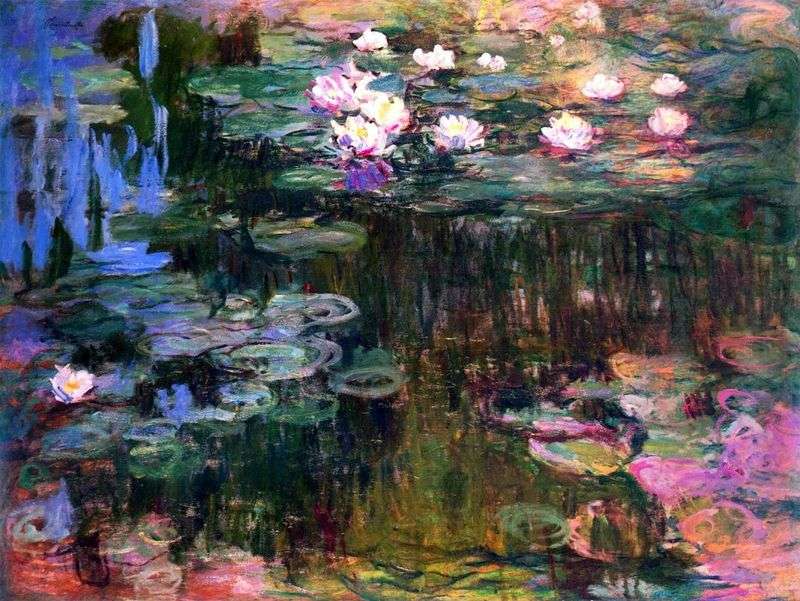 Water Lilies by Claude Monet
Water Lilies by Claude Monet